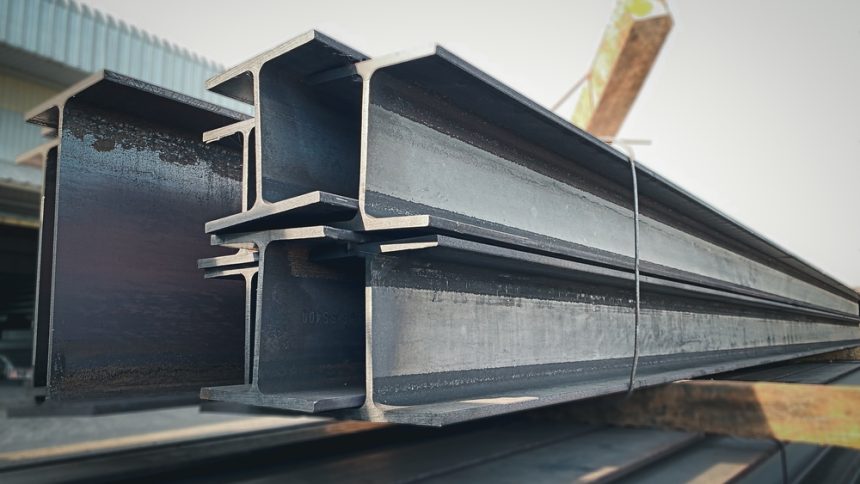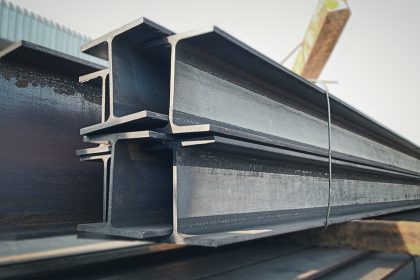Hundreds of products added
The Trump administration has widened the scope of its 50% tariffs on steel and aluminum imports by adding hundreds of derivative products to the list. According to a Federal Register notice released Friday, the Commerce Department’s Bureau of Industry and Security added 407 product codes to the Harmonized Tariff Schedule of the United States. These new entries cover a wide range of goods whose steel and aluminum content will now be subject to the same levy.
Tariffs take effect August 18
The notice clarified that while the duties apply to the steel and aluminum components of these products, non-metal content will still be taxed at the rates previously imposed on imports from targeted countries. The expansion of the list means many downstream products manufactured with steel and aluminum inputs will now face higher costs at U.S. ports of entry. These tariffs officially go into effect on August 18.
Strategic trade move
Earlier that same day, President Donald Trump told reporters aboard Air Force One that more trade measures were being planned. He specifically mentioned additional tariffs on steel as well as new levies aimed at semiconductor imports. The announcement was made as the president traveled to Alaska for a scheduled meeting with Russian President Vladimir Putin, signaling that Washington was preparing to broaden its use of tariffs as a geopolitical and economic tool.
Broader implications
The widening of the tariff net underscores the administration’s approach of protecting U.S. industries by targeting not only raw materials but also derivative goods. Analysts note that this strategy could create ripple effects throughout supply chains, raising costs for U.S. manufacturers who rely on imported steel and aluminum components. With semiconductors also mentioned as a potential next target, trade tensions may soon extend further into the high-tech sector, adding to the uncertainty already facing global markets.






